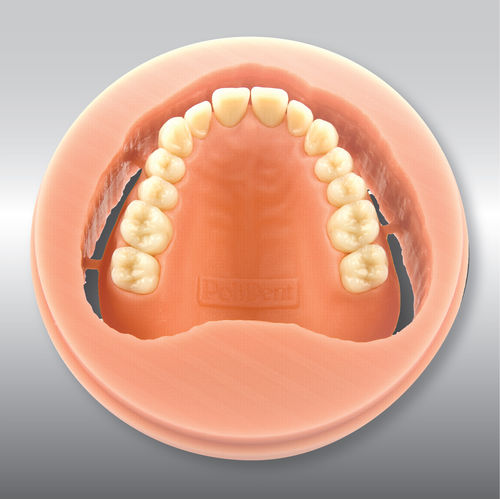A model that evolved out of Artificial Intelligence is Artificial Neural networks (ANN), often interchangeably referred to as Neural Networks. It is a mathematical or computational model that processes interconnected data (artificial neurons) to find a pattern in that data. In this process you have input data, that goes through a connectionist approach to output data. The system adapts and learns through the multitude of data that flows through it. The result is an expert decision making, or even predicting system, with a near 100% accuracy. Small wonder, clinicians have been using AI and expert systems to provide better and timely healthcare to their patients.
Artificial Intelligence in Medicine (AIM) has nicely summarized Some of the areas they have applied this to. They are:
- Generating Alerts and Reminders
- Diagnostic Assistance
- Therapy Critiquing and planning
- Agents for Information Retrieval
- Image recognition and interpretation
In a study during the late 1990s, researchers Lars Edenbrandt, M.D, Ph.D., and Bo Heden, MD., Ph.D., of the University Hospital, Lund, Sweden, ventured to include 1,120 ECG records of Heart Attack patients, and 10,452 records of normal patients. The neural networks were found to be able to use this input data, and establish a relationship and pattern. This leaning phase was internalized by the system, and started identifying patients with abnormal ECGs with a 10% better accuracy than most clinicians/cardiologists on staff.
But a point to note here is that, technology such as the ANN cannot replace a Doctor who looks at several more factors and fine prints before diagnosing a Heart Attack. It can be used just as a means to complement and speed up the diagnostic process.
Speaking of other factors in determining Heart Attacks, an interesting research work had been published in a scientific journal from the Inderscience group, the International Journal of Knowledge Engineering and Soft Data Paradigms (IJKESDP) under the name “A computational algorithm for the risk assessment of developing acute coronary syndromes, using online analytical process methodology” (Volume 1, Issue 1, Pages 85-99, 2009). Four Greek researchers had ventured to develop a computational algorithm that evolved out of a more current technique, namely Online Analytical Processing (OLAP). They used this methodology to build the foundations of a “Heart Attack Calculator”. The advantage of OLAP is that it provides a multidimensional view of data, that allows patterns to discerned in a very large dataset, that would have been otherwise remained invincible. It takes into account numerous factors and dimensions, while making an analysis. The research team obtained data from about 1000 patients that have been hospitalized due to symptoms of Acute Coronary Syndrome. This data included details on their family history, physical activities, body mass index, blood pressure, cholesterol, and diabetes level. This was then matched to another set of similar multi dimensional data from a group of healthy individuals. All this data were used as inputs to the OLAP process, to explore the role of these factors in assessing cardiovascular disease risk. At various levels of the factors, intelligence could be gathered to be used as a combination of dimensions, for future diagnosis of the extent of risk.
The ANN is more a “teachable software”, that absorbs and learns from data input. When properly computed, even at a fast pace with a tried and tested algorithm, it develops patterns within the input data, or a combination of multiple data dimensions or factors, to which a given situation can be compared to, and a prognosis declared.
In 2009, some researchers in Mayo Clinic studied 189 patients with device related Endocarditis diagnosed between 1991 and 2003. Endocartitis is an infection involving the valves and at times the chambers of the heart, that are often caused due to implanted devices in the heart. The mortality of due to the infection could be as high as 60%. The diagnosis of such an infection required transesophageal echocardiography, which is an invasive procedure involving the use of an endoscope and insertion of a probe down the esophagus. Needless to say, this was a risky, uncomfortably and expensive procedure. The researchers at Mayo, fed the data from these 189 patients int the ANN, and had it undergo three separate “trainings” to learn to evaluate these symptoms. Upon being tested with different sample populations (only known cases, and then a overall sample of a combination of both known and unknown cases), the best trained ANN was able to identify Endocarditis cases very effectively, thus eliminating the need for such an invasive procedure.
With modern day e-health becoming more and more data centric, access to relevant patient data is gradually becoming extremely convenient. AI and Expert systems with its ANN and computational algorithms, has tremendous opportunities to speed up diagnosis, and effect patient care with speed and more and more accuracy. As AI advances, it will be interesting to see how it marks its footprints in Cardiovascular, Neuro, Pulmonary, and Oncology diagnosis and care.
I invite you to share your experiences and thoughts on how how AI has affected various disciplines within medicine, more importantly within acute care.








